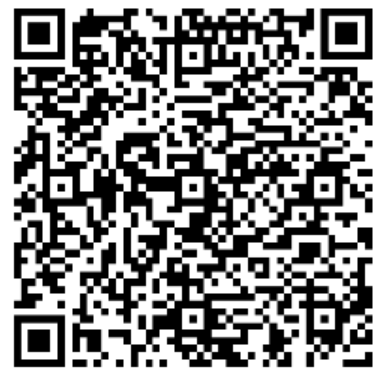Keeping varroa mite out of Queensland
To ensure Queensland’s valuable honeybee industry and recreational beekeepers remain free from the threat of varroa mite, a new Movement Control Order means there will be no movement of bees or bee hives into Queensland from anywhere in Australia without a permit.
Biosecurity Queensland Chief Plant Health Manager Mike Ashton said anybody wanting to bring bees or bee hives into Queensland, including returning bees that originated here, would need to apply for a permit prior to entry.
Permits can be obtained here Apply for a biosecurity instrument permit | Department of Agriculture and Fisheries, Queensland (daf.qld.gov.au)
“Processed honey or processed beeswax, new or unused apiary appliances, and quarantine secured diagnostic honey sample for testing at a recognised diagnostic facility can continue to enter Queensland without restriction,” he said.
“It’s important we continue to protect Queensland bees, which in turn will also help protect the long-term future of pollination-reliant industries.”
Check hives and report results
Beekeepers should continue to monitor their hives and report unexpected hive deaths, deformed bees, parasites, poor brood patterns and dead brood to Biosecurity Queensland on 13 25 23 or report the results using the Bee 123 – Surveillance (arcgis.com) online form.
If you suspect you have varroa mite:
- take a photo, place the mite (legs down, or legs up) on the tip of a cotton bud against a white background
- save the sample, place the mite in a sealable container in the freezer
- report it by calling 13 25 23
- use the new QR Code below:

More information
Apiarists who suspect a case of varroa mite should immediately call Biosecurity Queensland on 13 25 23 or email info@daf.qld.gov.au.
Detailed information on how to check hives and report results can be found at daf.qld.gov.au/varroa and daf.engagementhub.com.au/varroa-mite.
Follow Biosecurity Queensland on Facebook and Instagram (@BiosecurityQld) and Twitter (@DAFQld)

